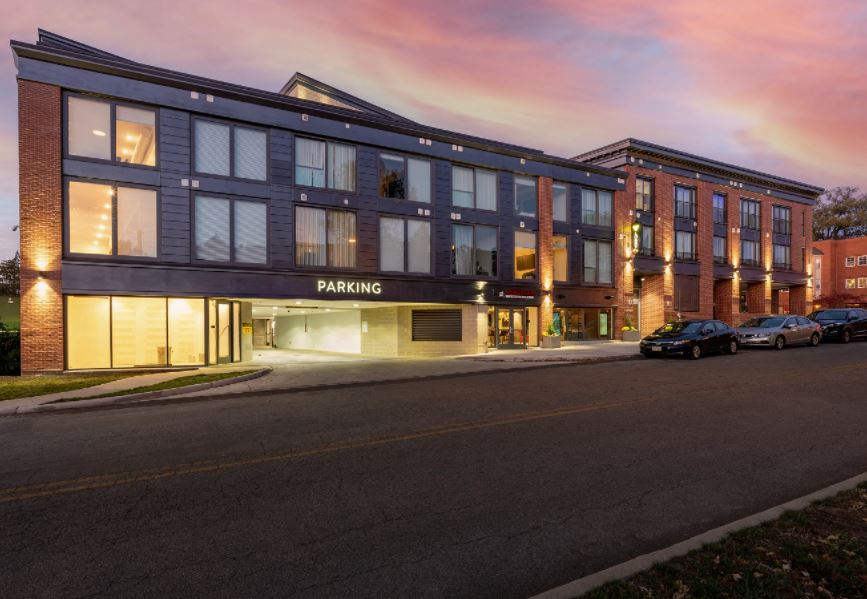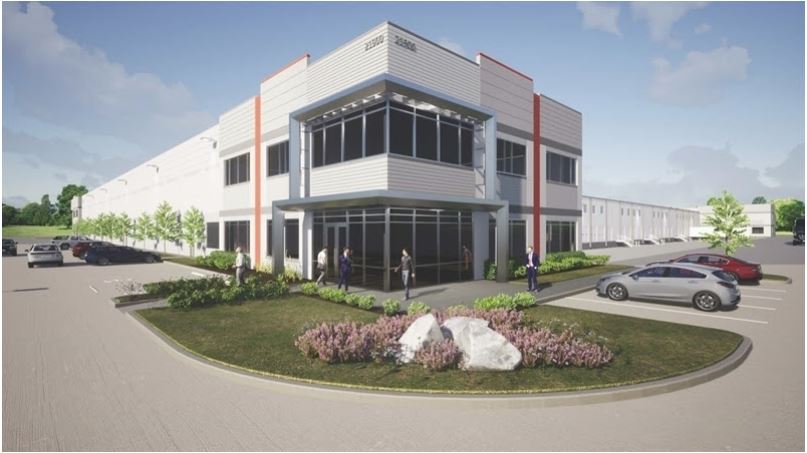Barry Moore uses technology, including real estate information services, so seamlessly in his role as a commercial broker that usually he isn’t even conscious of it. It’s just part of how he operates.
He lives on his phone and laptop. When he’s driving around he can pull over and pull up LoopNet, for example, to look up a property and see what else nearby may be available for sale or lease, and at what cost.
The difference technology makes is equally apparent when he’s at his desk. “Now I can put a survey together for a client or prospect in 15 minutes and show them what’s available,” says Moore, a CCIM and SIOR member who is a founding partner of Stafford Barrett, a commercial real estate brokerage firm in College Station. “Technology has become so embedded in how we work we take it for granted.”
Stafford and his colleagues use Apto real estate database software to store and maintain information on contacts, properties, owners, investors and tenants. All told, his firm’s database includes over 20,000 contacts and information on 70% of the properties in their core market in central Texas.
Producers log their interactions with contacts and share the information firm-wide so no one’s in the dark, no information is lost, and to reduce duplication of effort among team members. The property information maintained in their central database is particularly important because the firm operates in a market area that’s not covered granularly by national real estate data services.
Stafford Barrett uses technology to market properties more aggressively, too. They list availabilities on national marketplaces including Crexi and LoopNet, and on social media including Facebook and Twitter to boost local buzz and reinforce company branding. Crexi has been a big help sourcing buyers, Moore says, explaining that the marketplace provides detailed information on people who view and express interest in specific properties, so his team can reach right out to them to follow up.
Sarah LanCarte, founder of LanCarte Commercial based in Fort Worth, also relies on technology to boost property marketing. She cites Crexi and LoopNet, as well as CCIM’s Site To Do Business, as helpful tools. “The broader exposure for listings clearly expands the audience for our clients’ available properties. It would be impossible to knock on that many doors,” she says. “With property marketing, the results of technology are tangible, measurable and often immediate.”
LanCarte Commercial provides investment sales, tenant representation and property management services in the Dallas-Fort Worth metroplex. LanCarte is a CCIM and SIOR member.
Of technology, she adds, “We’re only scratching the surface of what technology can do for us. Ideally, technology would match up every seller with a perfect buyer, and every available space with a perfect tenant.”
Data “Worth its Weight in Gold”
Robert McGee in Houston is trying to use technology to do exactly that: Capture every shred of available data on owners, investors and tenants so that he can mine the data more quickly and easily to identify likely buyers and tenants for his client properties.
“Data and information are big keys to broker and brokerage house success,” he says. “How you hold and track that data is a huge part of it.”
McGee, an SIOR member, is principal of Lee & Associates in Houston, where he specializes in industrial, land and investment sales. His firm uses real estate-specific customer relationship management software to track contacts, prospective clients and properties. “Unpack the data you are storing in a meaningful way … it’s worth its weight in gold,” McGee says. The alternative, he adds, is spending hours or days to chase vital information, or using six or eight different spreadsheets to track things, which is time-consuming and creates a lot of repetitive work.
Within two years, he expects his firm’s regional database will include hundreds of thousands of contacts, with visibility into every property record and prospect. So he’ll be able to see on a map, for example, how many Prologis buildings in the market have vacancy, or all the 50,000+ square foot lease expirations coming up in the next six months.
Turning deal records into comps
Commercial real estate pros aren’t just using specialized technology to maintain and crunch data. They’re also using it to manage deals.
Melissa Clark, head of marketing operations for Davis Commercial, a boutique commercial real estate brokerage firm in Houston, says her firm uses Apto real estate software to track and manage sale and lease deals, and then convert deal records into comps after they’ve closed.
“Tracking deals is the number-one reason we got the software,” she says. “We typically have 60 to 70 deals at one time, so tracking is challenging but incredibly important. We use Apto daily to manage deals from the minute we get a listing … through feasibility and due diligence … tracking dates and other milestones, until they’re done.”
“Then the deal records get turned into comps that we own, which is especially important in a nondisclosure state like Texas, where information can be hard to get and at a premium. We can search our comps database, which gets more robust every day. As team members see the value of the aggregated information, they want to use the system more. It’s amazing.”
Indeed, using technology is a virtuous cycle, because the benefits become more apparent the more it’s used, brokers say. Technology is not an end in and of itself, however. The payoff for clients is that they can identify opportunities sooner, get their deals done faster, and make pricing decisions that are more informed.
“Technology makes us brokers more valuable to clients,” Moore says. “We help them get better and faster results, and make sense of all the market intelligence now available at our fingertips.”
Steve Humphreys is a former research analyst for JLL and investment sales analyst for CBRE. Today he is a Hawaii-based writer and analyst studying how the commercial real estate industry is recovering from the impacts of COVID-19 and the effects it will have on the future of the workplace in America.









